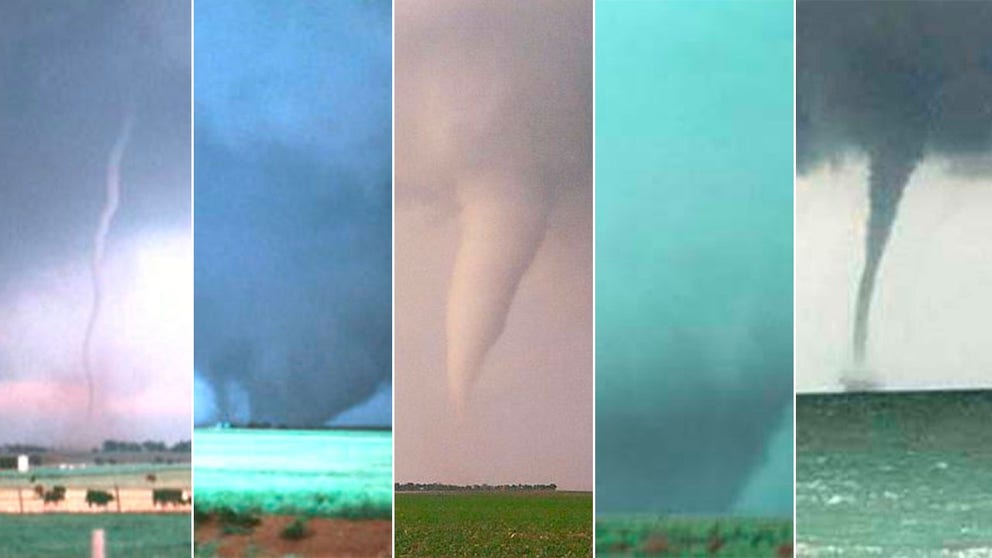5 types of tornadoes
The size of a tornado does not necessarily indicate its strength.
5 types of tornadoes
There are five types of tornadoes that you might see. Here's what you need to know.
Not all tornadoes are created equal. They vary in intensity, but they also vary in shape and size.
According to the National Weather Service, there are five main types of tornadoes that you may encounter. Let's take a dive into some tornado history and look at each type. Remember, the size of a tornado does not necessarily indicate its strength.
Rope
Rope tornadoes are usually the smallest kind of tornadoes and have a ropy, sinuous shape in their final minutes, but they can remain narrow during their entire lifespan. Although rope tornadoes may look weaker than much larger ones, some get more intense as they narrow and tighten.
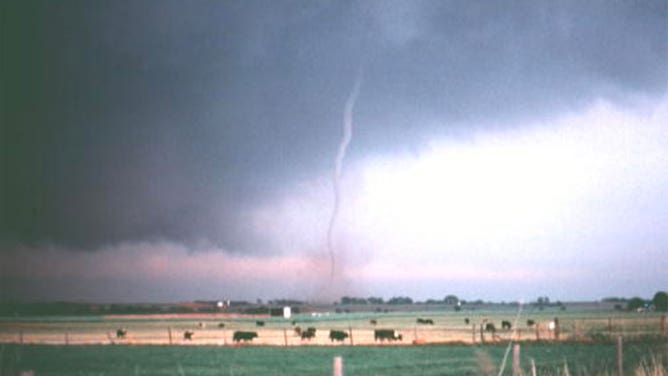
An example of a rope tornado.
(NOAA)
Cone
Cone tornadoes are what everyone pictures when they hear the word "tornado." They are wider at the base than rope tornadoes, and much wider where they meet the thunderstorm. This gives them a conical appearance. Because their footprint is wider, they can leave a larger trail of destruction.
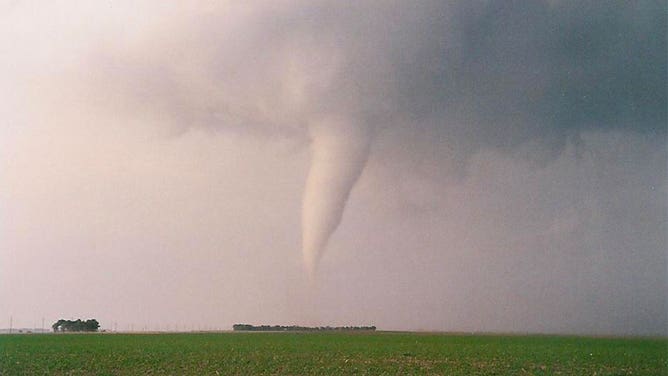
An example of a cone tornado.
(NOAA)
A "stovepipe" tornado is a cousin to the cone tornado. Its width at the ground and the base of the thunderstorm are similar, giving it a more cylindrical shape.
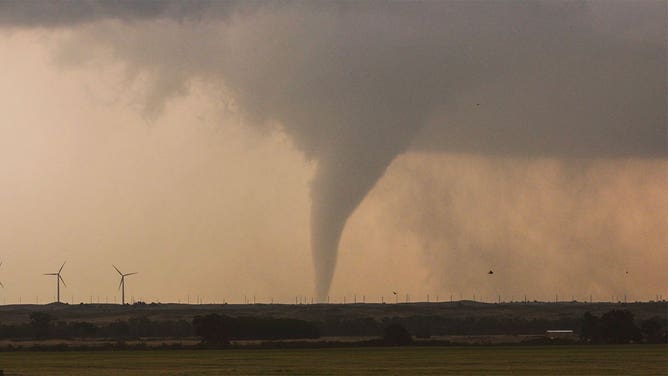
An example of a "stovepipe" tornado.
Wedge
"Wedge" is slang for a large tornado that has a condensation funnel that is at least as wide at the ground as it is tall. The term is often used somewhat loosely to describe any large tornado, but not every large tornado is a wedge. A true wedge tornado is very rare.
Wedges often appear with violent tornadoes, ranking EF-4 or EF-5 on the Enhanced Fujita Scale, but many documented wedges have been rated lower. Some violent tornadoes may not appear as wedges. However, according to the NWS, it generally is safe to assume that most wedges have the potential to produce major damage.
Whether a tornado achieves wedge status depends on several factors other than intensity. In particular, meteorologists look at the height of the cloud base and the availability of moisture below the cloud base.
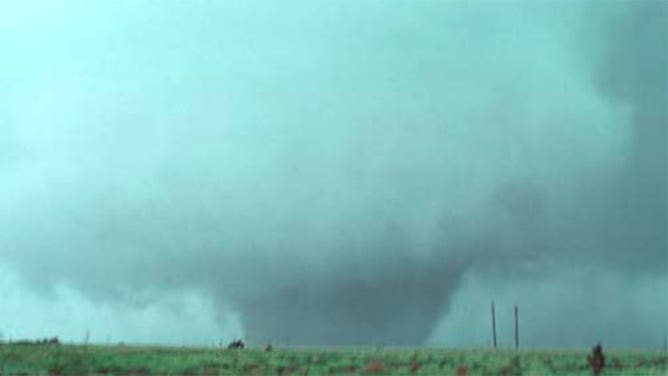
An example of a wedge tornado.
(NOAA)
Multi-vortex
Multi-vortex tornadoes are twisters in which two or more condensation funnels or debris clouds are present at the same time. They also often rotate around a common center or each other. These tornadoes can be especially damaging, according to the NWS.
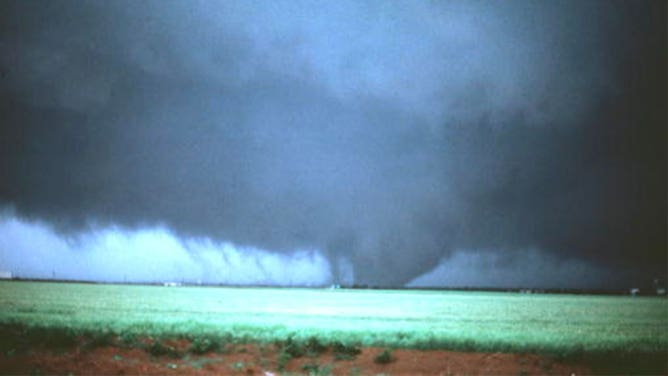
An example of a multi-vortex tornado.
(NOAA)
Waterspout
A waterspout is a column of wind that rotates over a body of water. Despite its name, a waterspout is not filled with water. The visible column of wind that makes up a waterspout is created by condensation that occurs.
Waterspouts can sometimes move ashore and cause damage. They usually dissipate quickly once moving onto land.
According to the National Ocean Service, there are two types of waterspouts: tornadic and fair-weather.
Tornadic waterspouts have the same characteristics as a tornado over land and are associated with severe thunderstorms. They often create rough water, large hail and lightning.
Fair-weather waterspouts often form along the base of developing cumulus clouds and are not associated with thunderstorms. These waterspouts develop upward from the surface of the water and don't usually move very much. This type of waterspout is near maturity by the time it is visible.
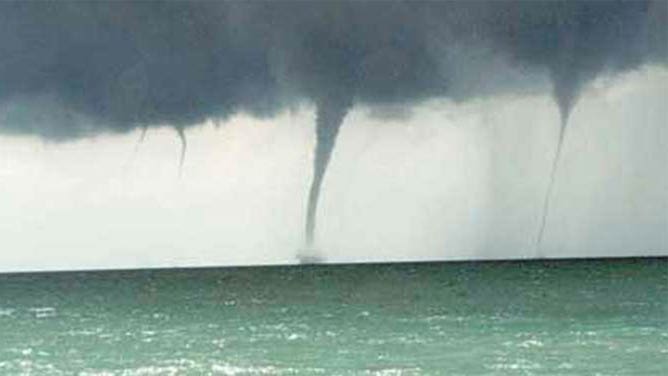
Several waterspouts are seen in this image.
(NOAA)
